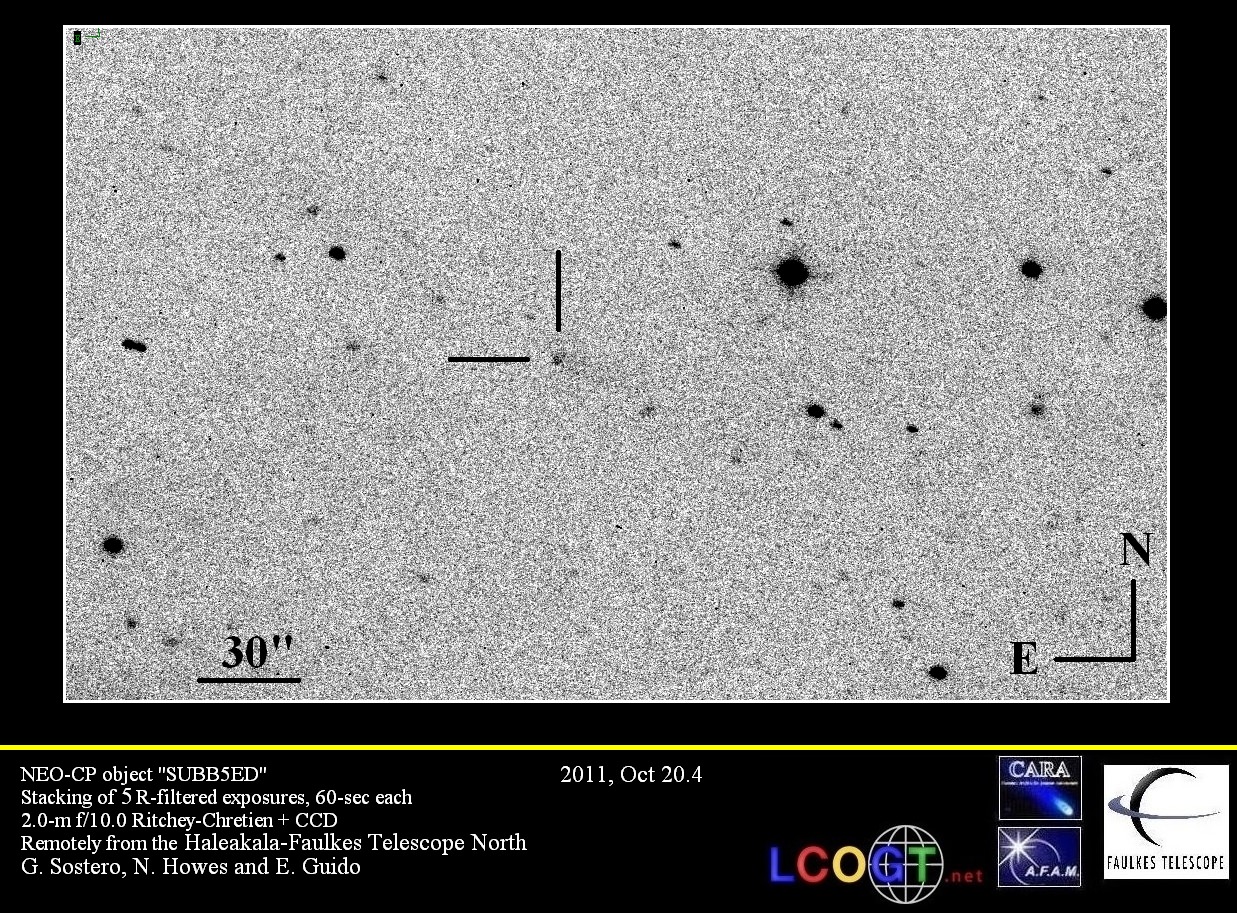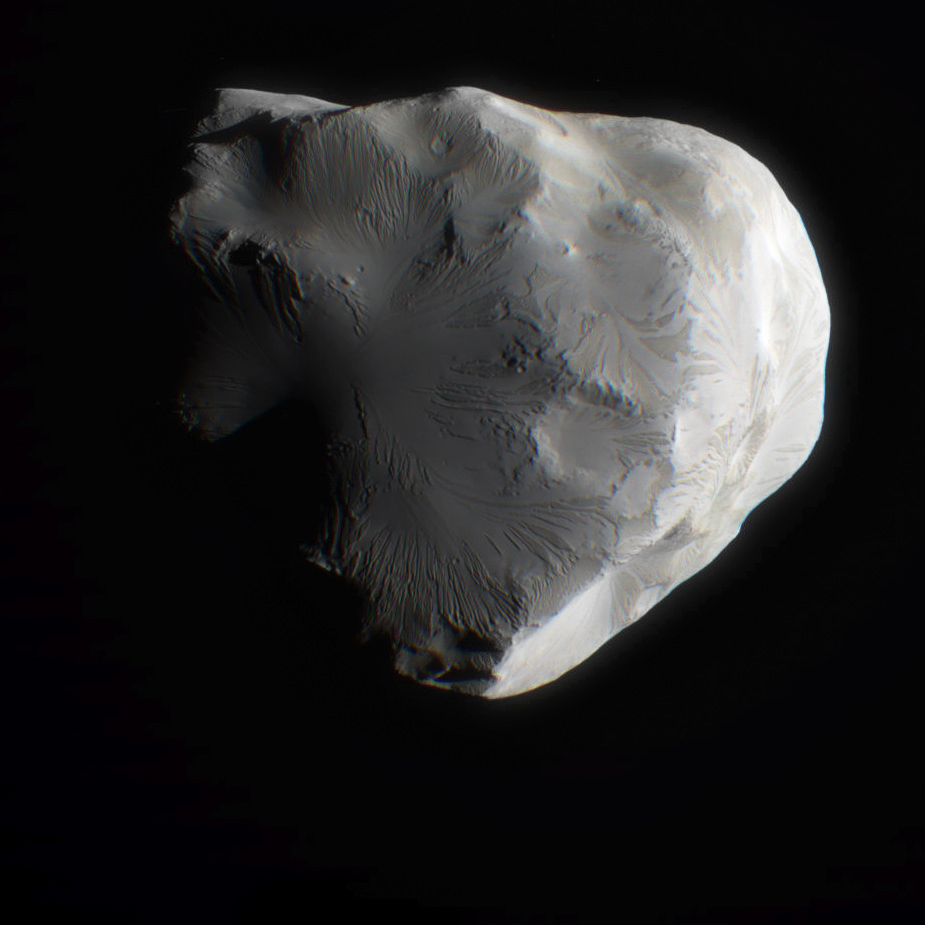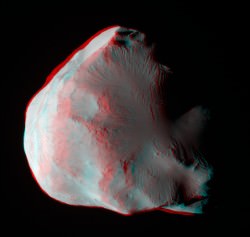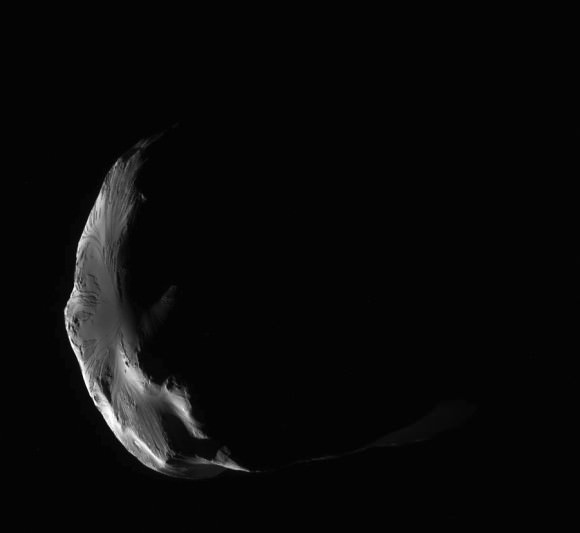Jupiter Comet
Based on an observation posted on the Near Earth Object confirmation page from an image taken by A. D. Grauer using the mount Lemmon observatory, Faulkes telescope team members Nick Howes, Giovanni Sostero and Ernesto Guido along with University of Glamorgan student Antos Kasprzyk and amateur astronomer Iain Melville, imaged what is potentially some of the first direct evidence for a Trojan Jupiter Comet
Comet P/2010 TO20 (LINEAR-GRAUER) was immediately recognised by the team from looking at the orbit to be a highly unusual object, but it was only when the images came through from the faulkes observations that the true nature of the object became clear
The observations showed a distinct cometary appearance, with a sharp central condensation, compact coma and a wide, fan-shaped tail.
This is no ordinary comet, and supports the theory and initial spectral observation work by a team using the keck telescope in Hawaii. Closer analysis of their object (part of a binary known as the Patroclus pair) showed that it was made of water ice and a thin layer of dust, but at the time of writing, no direct images of a Jupiter Trojan showing evidence of a coma and tail had been taken.
The Faulkes teams above image, combined with the original observations by Grauer clearly show a cometary object, thus confirming the Keck team’s hypothesis.
According to the CBET released today “After two nights of observations of Grauer’s comet had been received at the Minor Planet Center.
Spahr realized that this object was identical with an object discovered a year ago by the LINEAR project (discovery observation tabulated below; cf. MPS 351583) that appeared to be a Jupiter Trojan minor planet.”
The observations have now proved it is not a minor planet, but a comet.
This discovery could provide new clues about the evolution of the Solar System, suggesting that the Gas Giants formed closer to the Sun and as they moved further away, they caused massive perturbations with Kuiper Belt objects, trapping some in their own orbits.
Nick Howes on the Faulkes team said “When we first saw the preliminary orbit, we knew it was a quite remarkable object” Howes also added “To have a University Student also involved is terrific for the degree program at Glamorgan and also for the Faulkes project. We’d like to extend our congratulations to Al Grauer” for his detection of this groundbreaking new comet” and we’re immensely proud to be part of the CBET released by the IAU confirming its nature
References:
Space Is Ace
Spacedaily.com
Remanzacco Observatory




